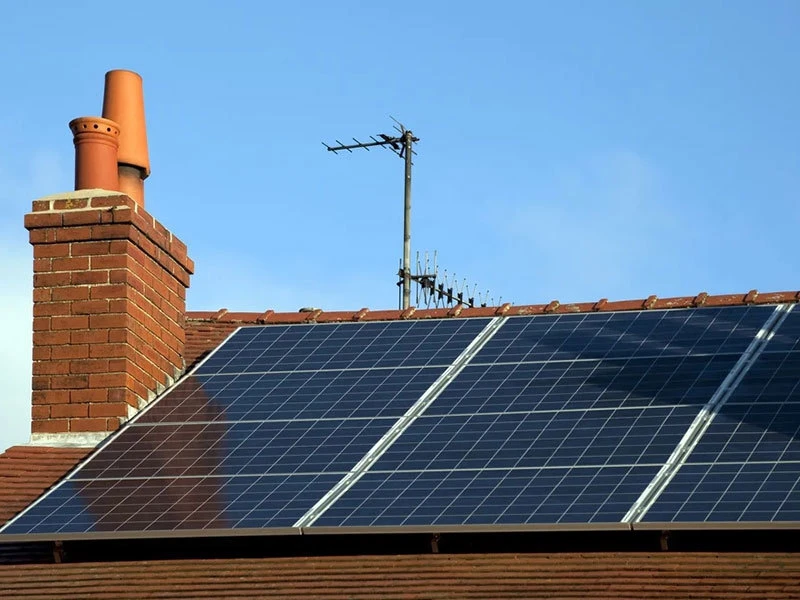Affordable Solar Panels Get Free Quotes & Home Energy Solutions
- Understanding Solar Panels and Their Role in Modern Energy Solutions
- Key Factors Influencing Solar Panel Efficiency
- Comparing Top Solar Panel Manufacturers: Performance and Reliability
- Custom Solutions: Calculating Solar Panels Needed to Run a House
- Case Study: Residential Solar Panel Installation and Energy Savings
- Mitigating Solar Panel Efficiency Loss in High-Temperature Environments
- Future-Proofing Your Investment with Solar Panels and Solar Quotes

(solar panels)
Understanding Solar Panels and Their Role in Modern Energy Solutions
Solar panels have revolutionized renewable energy adoption, converting sunlight into electricity with minimal environmental impact. The global solar market grew by 34% YoY in 2023, driven by advancements in photovoltaic technology. Modern panels achieve 22-24% efficiency rates, a significant leap from the 15% industry average a decade ago. This progress addresses two critical consumer concerns: space optimization for solar panels
needed to run a house and long-term cost-effectiveness.
Key Factors Influencing Solar Panel Efficiency
Panel performance depends on three variables: cell type, temperature coefficient, and degradation rate. Monocrystalline silicon panels dominate residential installations due to their 25-year linear performance warranty and -0.29%/°C temperature coefficient. However, as solar panels lose efficiency heat, manufacturers now integrate passive cooling technologies that reduce output loss by 3-5% in climates exceeding 35°C (95°F).
Comparing Top Solar Panel Manufacturers
| Brand | Efficiency (%) | Temp. Coefficient (%/°C) | Warranty (Years) | Cost/Watt ($) |
|---|---|---|---|---|
| SunPower Maxeon | 22.8 | -0.29 | 40 | 3.10 |
| LG NeON R | 21.7 | -0.30 | 25 | 2.85 |
| Panasonic EverVolt | 22.2 | -0.26 | 25 | 2.95 |
Custom Solutions: Calculating Solar Panels Needed to Run a House
A 2,000 sq.ft home typically requires 20-25 panels (400W each) to offset 100% energy consumption. This calculation factors in:
- Average daily usage: 30 kWh
- Regional sun exposure: 4.2 peak hours (U.S. average)
- System losses: 14% (inverter, wiring, heat)
Case Study: Residential Installation and Energy Savings
A Phoenix household reduced annual energy costs by $2,400 after installing 28 bifacial panels. Key metrics:
- System size: 11.2 kW
- Upfront cost: $29,120 (pre-incentive)
- Payback period: 6.8 years
- CO2 reduction: 8.7 tons/year
Mitigating Efficiency Loss in High-Temperature Environments
Advanced thermal regulation techniques now limit efficiency drops to 0.35-0.45% per °C above 25°C (77°F), compared to the traditional 0.5% loss. Solutions include:
- Backside cooling channels (improves yield by 4-6%)
- Anti-reflective coatings with 94% light transmittance
- 3D cell structures reducing thermal stress
Future-Proofing Your Investment with Solar Panels and Solar Quotes
The latest solar quotes now include 25-year lifecycle analyses predicting 93% of original output through 2048. With panel costs projected to drop another 19% by 2026, strategic timing of purchases combined with improved storage solutions (like 15-kW home batteries) ensures maximum ROI. Industry leaders confirm that properly sized systems recover installation costs within 5-7 years while adding $18,000 average value to residential properties.

(solar panels)
FAQS on solar panels
Q: How do I get accurate solar quotes for installing solar panels?
A: Contact certified solar providers for customized quotes based on your energy usage, roof size, and location. Online solar calculators can also provide rough estimates, but professional assessments ensure accuracy.
Q: How many solar panels are needed to run a house?
A: The number depends on your energy consumption, sunlight exposure, and panel wattage. On average, a typical home requires 20-30 panels, but a professional energy audit is recommended for precise calculations.
Q: Why do solar panels lose efficiency in high heat?
A: Solar panels operate less efficiently as temperatures rise, typically losing 0.3%-0.5% output per °C above 25°C (77°F). Proper installation spacing and heat-resistant materials can mitigate this issue.
Q: What factors influence solar panel system costs in quotes?
A: Costs vary based on system size, panel quality, installation complexity, and incentives/tax credits. Quotes often include equipment, labor, warranties, and estimated savings timelines.
Q: Can solar panels withstand extreme heat over time?
A: Modern panels are designed for durability, but prolonged high heat may accelerate wear. Opt for panels with low temperature coefficients and ensure proper ventilation to extend lifespan and efficiency.
-
Unlocking Energy Freedom with the Off Grid Solar InverterNewsJun.06,2025
-
Unlock More Solar Power with a High-Efficiency Bifacial Solar PanelNewsJun.06,2025
-
Power Your Future with High-Efficiency Monocrystalline Solar PanelsNewsJun.06,2025
-
Next-Gen Solar Power Starts with Micro Solar InvertersNewsJun.06,2025
-
Harnessing Peak Efficiency with the On Grid Solar InverterNewsJun.06,2025
-
Discover Unmatched Efficiency with the Latest String Solar InverterNewsJun.06,2025







